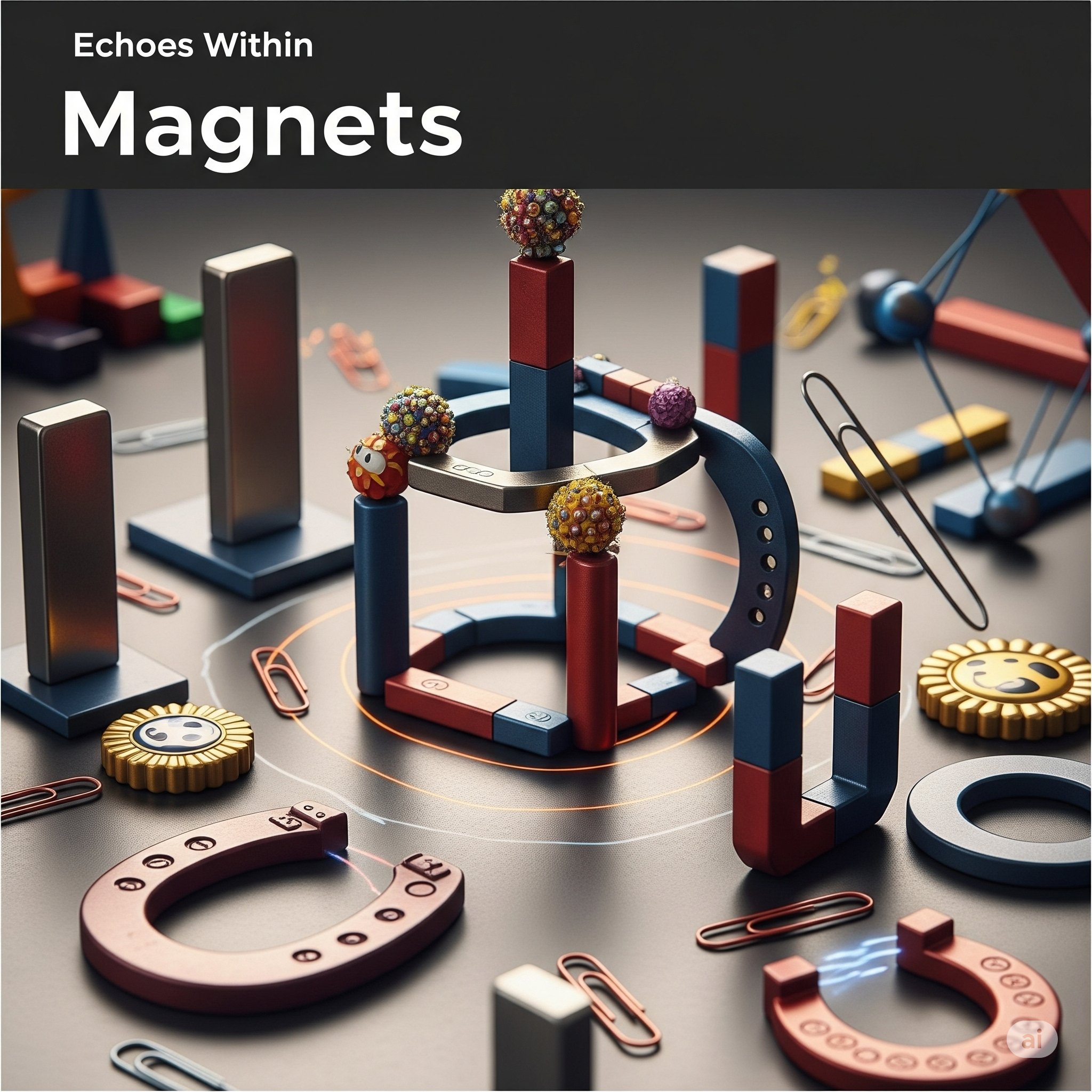
🧲 Summary Note: Magnets
Here is a clear and concise summary note for the lesson “Magnets”, designed for SEE graduates preparing for NEB Grade 11 Science entrance exams.
📘 What is a Magnet?
A magnet is an object that can attract materials like iron, nickel, and cobalt. It produces a region around it called a magnetic field, where magnetic forces can be felt.
🧭 Types of Magnets:
-
Natural Magnets: Found in nature (e.g., lodestone). Weak and irregular.
-
Artificial Magnets: Made by humans. Strong and available in various shapes.
📐 Common Shapes of Artificial Magnets:

-
Bar magnet
-
U-shaped magnet
-
Horseshoe magnet
-
Cylindrical magnet
🌍 Magnetic Poles:
-
Every magnet has two poles: North (N) and South (S).
-
Like poles repel, and unlike poles attract.
-
Poles always exist in pairs—they cannot be isolated.
🧲 Magnetic Field:
-
The region around a magnet where its force can be felt.
-
Represented by magnetic field lines:
-
They go from north to south outside the magnet.
-
They are closer where the field is stronger.
-
They never cross each other.
-
🧪 Properties of Magnets:
-
Attract magnetic materials (iron, cobalt, nickel).
-
Poles always appear in pairs.
-
Magnetic force is strongest at the poles.
-
If suspended freely, a magnet always aligns in the north-south direction.
-
Heating, hammering, or dropping a magnet can weaken or destroy its magnetism.
🧲 Magnetisation and Demagnetisation:
| Magnetization | Demagnetization |
|---|---|
| Making an object magnetic (e.g., by rubbing with a magnet) | Removing magnetic properties (e.g., by heating or hammering) |
🔄 Temporary vs Permanent Magnets:
| Type | Description |
|---|---|
| Temporary Magnet | Acts as a magnet only when near a magnet or current (e.g., an iron nail) |
| Permanent Magnet | Retains magnetism for a long time (e.g., bar magnet made of steel) |
🧲 Applications of Magnets:
-
Electric motors and generators
-
Speakers, microphones
-
Compasses
-
Magnetic locks and magnetic strips in cards
You Can Also Read:
How to Choose the Right Stream After SEE in Nepal
SEE Result: New Possibilities and Uncertainties for Students’ Future Careers in Nepal
